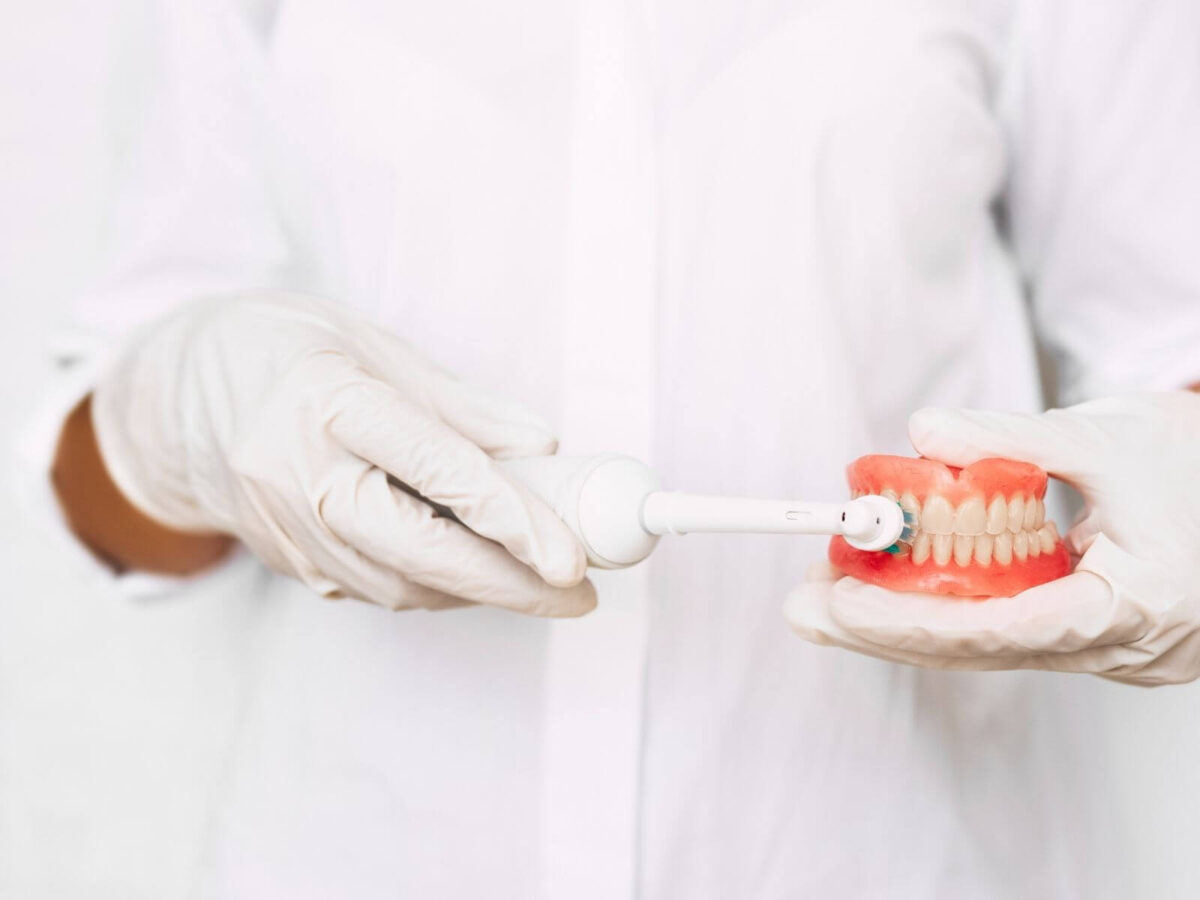Blog
Dental hygiene tips for healthy teeth & gums

What Is The Difference Between Gum Treatment And Normal Hygiene Cleaning?
Taking care of your teeth and gums is important for your general health and your confidence in your smile. Regular check-ups with the dentist are a good time to perform two common procedures: gum treatment and normal health cleaning.
These procedures tackle a variety of dental issues, even though they might look alike. Let’s examine the key differences between gum treatment vs cleaning and figure out why they matter.
What is “Normal Hygiene Cleaning?”
Keeping up with regular hygiene cleaning, which you also call routine or preventative cleaning, is key to maintaining the health of your teeth and gums. This medication is intended for individuals without significant gum disease or other oral health complications.
Importance of Normal Hygiene Cleaning
Hygiene cleanings eliminate plaque, tartar, and superficial stains from teeth. They also inhibit cavities, gingivitis, and other dental problems. Preventive dental care encompasses biannual cleanings at Lavaca Dental to maintain oral hygiene.
What Does It Involve?
- Scaling removes plaque and tartar from teeth and gums using specialized instruments by a dentist or hygienist.
- Polishing eliminates surface stains and refines teeth to prevent plaque accumulation.
- Individuals utilize fluoride to fortify dental enamel and prevent cavities.
What is its frequency?
The individual’s oral health dictates the frequency of necessary dental cleanings.
What is Gum Treatment?
Periodontal treatment, which is another name for gum treatment, is a more in-depth process used to treat and manage gum disease (periodontitis or gingivitis). It does more than clean the outside of your teeth; it also deals with problems below the gum line, which is where most illnesses start.
Importance of Gum Treatment
The main goals of dental cleaning gum treatment are to stop gum disease from getting worse, keep teeth from falling out, and make the gum tissues and supporting structures healthy again. People who have been identified with gum disease or who are showing early signs like bleeding gums, bad breath, or gum recession should get it.
What Does It Involve?
- Cleaning below the gum line removes plaque and tartar that have built up on the tooth roots.
- When you scale, you get rid of particles above and below the gum line.
- Root cutting makes the tooth roots smooth so that bacteria can’t stick to them again.
- Antibiotics are sometimes applied to the wound or recommended to help fight bacterial infections.
- To treat severe gum disease, you might need flap surgery, bone grafts, or other periodontal procedures.
What is its frequency?
Treatment plans for gum disease depend on the severity of the problem. For initial treatments, you may need more than one session. After that, you should get cleanings every 3 to 4 months for upkeep.
Key Differences Between Gum Treatment vs Cleaning
| Aspect | Normal Hygiene Cleaning | Gum Treatment |
| Purpose | Preventive care for maintaining oral health. | Treats gum disease and restores gum health. |
| Depth of Cleaning | Surface-level cleaning, above the gum line. | Deep cleaning, including below the gum line. |
| Tools Used | Basic scaling tools and polishing equipment. | Specialized tools for scaling and root planing. |
| Duration | Typically completed in a single session. | May require multiple sessions. |
| Cost | Relatively affordable and often covered by insurance. | Higher cost due to complexity and materials. |
| Recommended For | Individuals with good oral health or minor plaque buildup. | Patients with gum disease or significant gum problems. |
When Do You Need Gum Treatment vs Cleaning?
Signs of a Normal Hygiene Cleaning
- Checkup at the dentist’s office
- A growth of mild plaque or tartar
- No signs of gum swelling, bleeding, or pulling away from the teeth.
Signs of a gum treatment
- Halitosis means constantly having bad breath.
- Your gums are swollen, hurt, or bleeding.
- Your gums and teeth have deep cavities.
- Tooth loss or gum loss.
If you have gum disease, your dentist may suggest gum treatment instead of cleaning to treat it.
Key Benefits of Gum Treatment vs Cleaning
Benefits of Natural Cleaning
- Regular hygiene cleaning has its perks: it helps prevent gum and tooth disease.
- It keeps your breath nice and fresh while giving your smile a little sparkle.
- It’s great for keeping your oral health in check without much effort.
Benefits of Gum Treatment
- It prevents gum disease from getting worse.
- Keep your teeth in alignment.
- Taking good care of your gums helps you prevent periodontal disease-related diabetes and heart disease.
Gum Treatment vs Cleaning: Seek Professional Assistance
Discuss several approaches to recovery with your doctor. Regular dental visits help you to identify and address issues before they become worse. Looking at your teeth and lips will let your dentist advise on how to maintain your mouth.
Sort your teeth and look after your gums. Though they accomplish different things, both improve your oral health. Brush your teeth every day if you want strong gums. Proper gum care is essential for maintaining healthy teeth and lips.
If you wish to feel good about your smile and keep it healthy, you need to be aware of the differences between gum treatment vs cleaning and receive appropriate treatment for your tooth issue. Remember that a good mouth is a healthy body, so don’t skip your doctor appointments!


